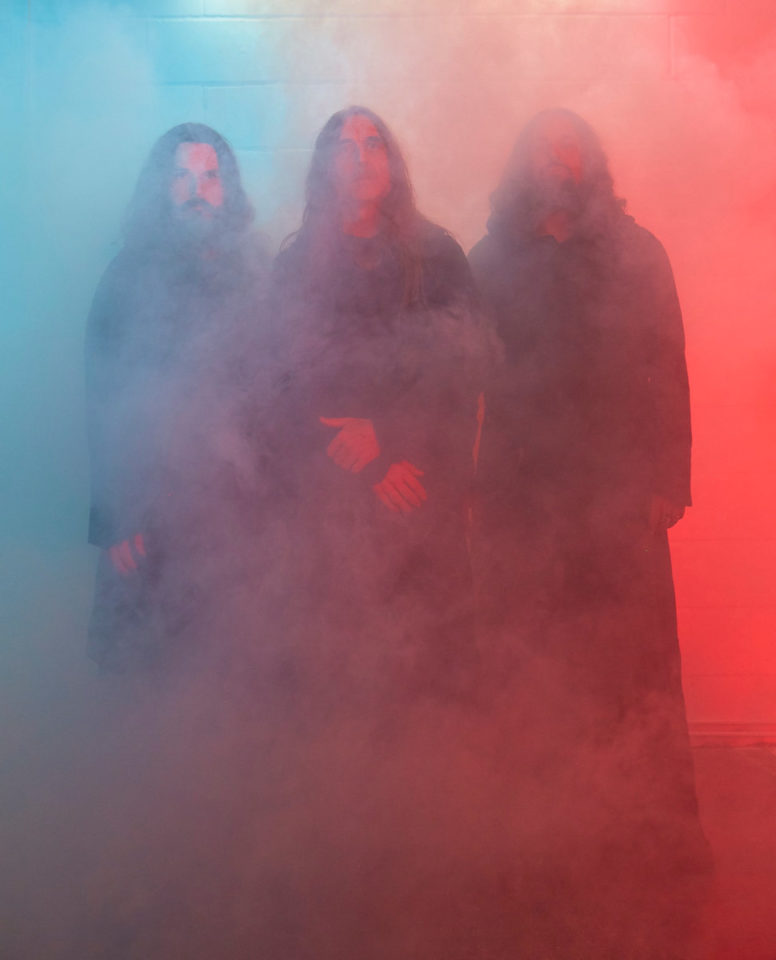
Its inscription is a dedication to 'Vasudeva', another name for Krishna in the Indian tradition. Named after the Indo-Greek, it is now known as the Heliodorus pillar. Using modern techniques, it has been dated to between 125 and 100BCE, and traced to an Indo-Greek who served as an ambassador of the Greek king Antialcidas to a regional Indian king.
Ī pillar with a Brahmi script inscription was discovered by colonial era archaeologists in the central Indian state of Madhya Pradesh. Later, when Alexander the Great launched his campaign in the northwest Indian subcontinent, his associates recalled that the soldiers of Porus were carrying an image of Herakles. The word Herakles, states Bryant, is likely a Greek phonetic equivalent of Hari-Krishna, as is Methora of Mathura, Kleisobora of Krishnapura, and the Jobares of Jamuna. According to Edwin Bryant, a professor of Indian religions known for his publications on Krishna, 'there is little doubt that the Sourasenoi refers to the Shurasenas, a branch of the Yadu dynasty to which Krishna belonged'. According to these texts, Megasthenes mentioned that the Sourasenoi tribe of India, who worshipped Herakles, had two major cities named Methora and Kleisobora, and a navigable river named the Jobares. This text is now lost to history, but was quoted in secondary literature by later Greeks such as Arrian, Diodorus, and Strabo.

Megasthenes, a Greek ethnographer and an ambassador of Seleucus I to the court of Chandragupta Maurya towards the end of 4thcenturyBCE, made reference to Herakles in his famous work Indica. For example, Archer states that the coincidence of the two names appearing together in the same Upanishad verse cannot be dismissed easily. Other scholars disagree that the Krishna mentioned along with Devaki in the ancient Upanishad is unrelated to the later Hindu god of the Bhagavad Gita fame. These doubts are supported by the fact that the much later age Sandilya Bhakti Sutras, a treatise on Krishna, cites later age compilations such as the Narayana Upanishad but never cites this verse of the Chandogya Upanishad. This phrase, which means 'To Krishna the son of Devaki', has been mentioned by scholars such as Max Müller as a potential source of fables and Vedic lore about Krishna in the Mahabharata and other ancient literature – only potential, because this verse could have been interpolated into the text, or the Krishna Devakiputra, could be different from the deity Krishna. The verse (III.xvii.6) mentions Krishna in ' Krishnaya Devakiputraya' (Sanskrit: कृष्णाय देवकीपुत्राय) as a student of the sage Ghora of the Angirasa family. The Chandogya Upanishad, estimated to have been composed sometime between the 8th and 6thcenturiesBCE, has been another source of speculation regarding Krishna in ancient India. Since the 1960s, the worship of Krishna has also spread to the Western world and to Africa, largely due to the work of the International Society for Krishna Consciousness (ISKCON). He is a pan-Hindu god, but is particularly revered in some locations such as Vrindavan in Uttar Pradesh, the Jagannatha aspect in Odisha, Mayapur in West Bengal, Dwarka and Junagadh in Gujarat, in the form of Vithoba in Pandharpur, Maharashtra, Nathdwara in Rajasthan, Udupi Krishna in Karnataka and Guruvayur in Kerala.

Krishna-related literature has inspired numerous performance arts such as Bharatnatyam, Kathakali, Kuchipudi, Odissi, and Manipuri dance. These sub-traditions arose in the context of the medieval era Bhakti movement. In some sub-traditions, Krishna is worshipped as Svayam Bhagavan, and this is sometimes referred to as Krishnaism. The synonyms of Krishna have been traced to 1stmillenniumBCE literature.


 0 kommentar(er)
0 kommentar(er)
